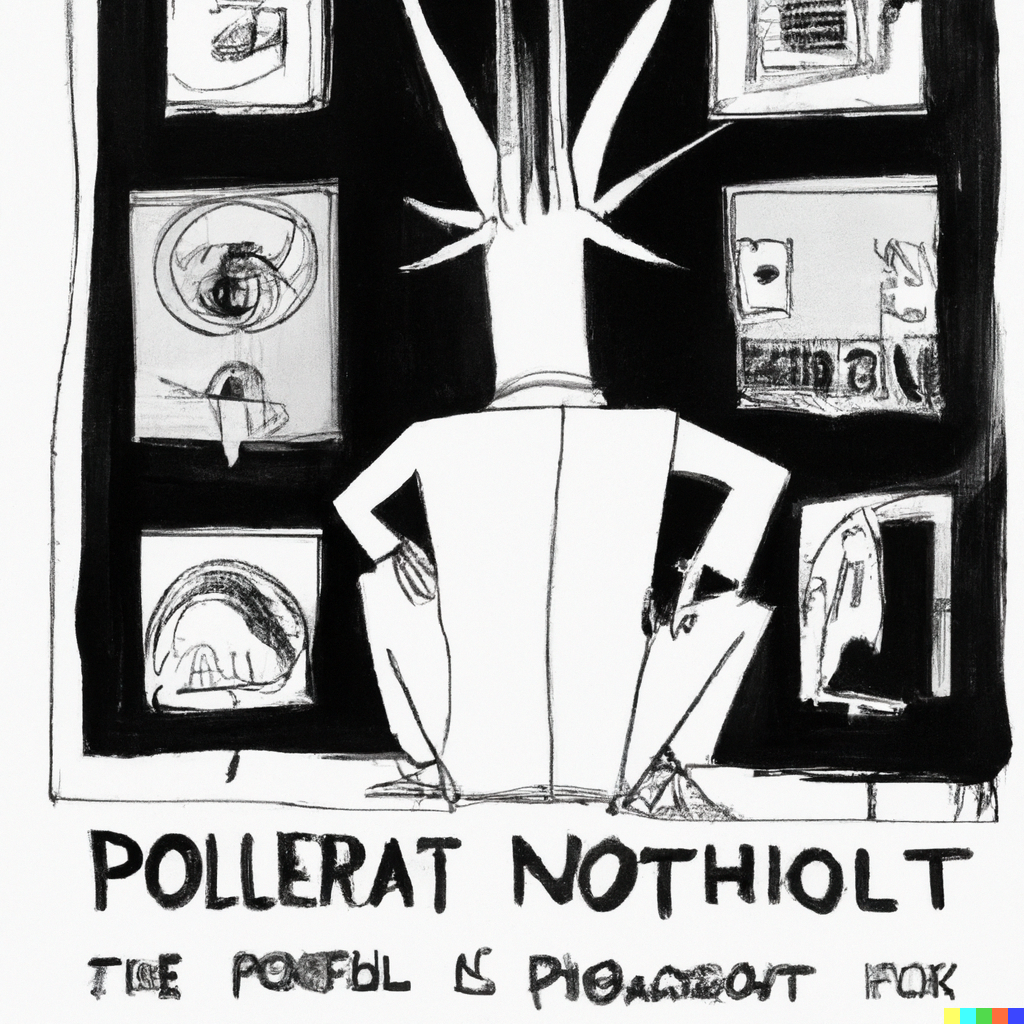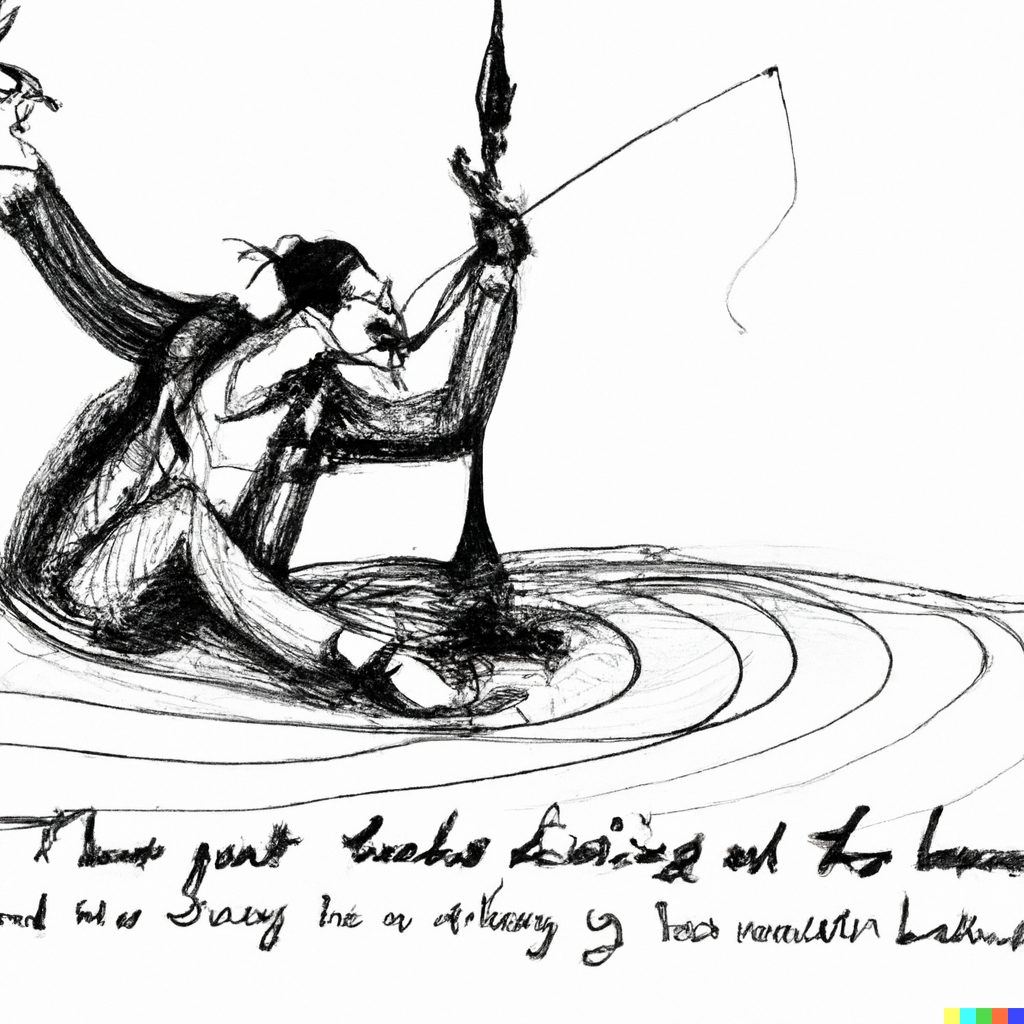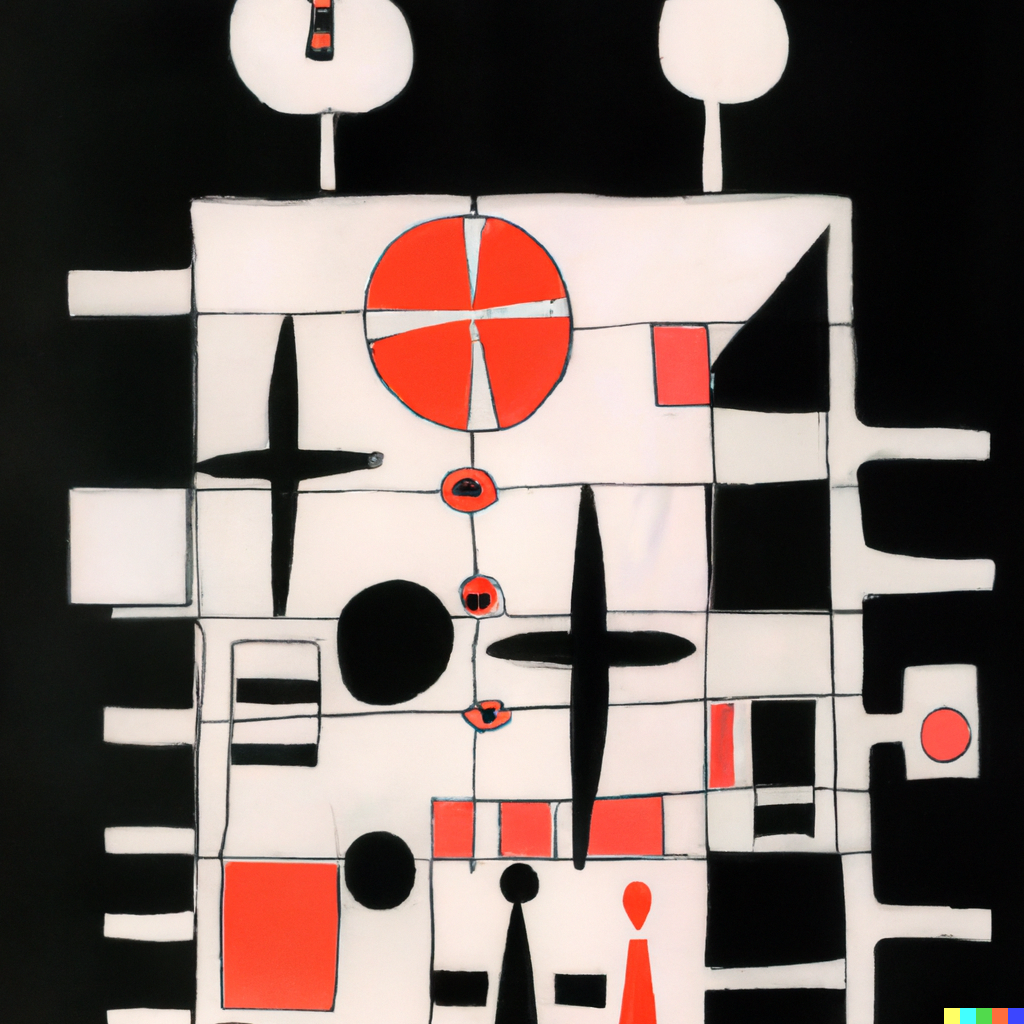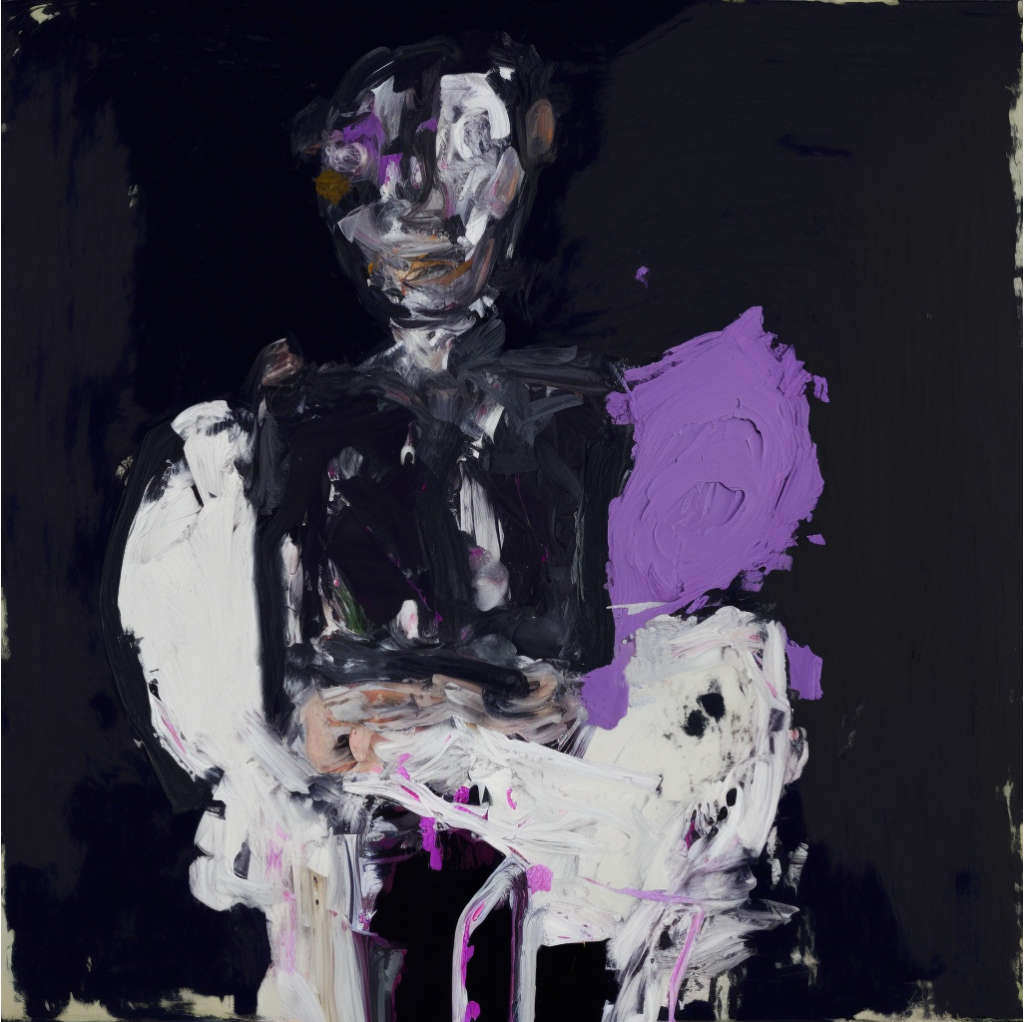The recent rise of AI tools had us asking a question – how does an AI interpret the principles of investing? We decided to feed it Alpian’s investing philosophy and analyse what it came up with.
The recent adoption of AIs like ChatGPT has ushered in a shift across industries. While the debate around the ethics of AI is still ongoing, some of the world’s biggest technology players are already racing to unlock the potential of artificial intelligence.
However, AI tools are also carving another niche in the creative industry by amplifying human creative abilities. We decided to put this to the test by prompting DeepAI, an art-generating AI, to interpret six time-tested investing principles as works of art. Here’s what it created.
Prompt 1: A well-designed portfolio is built for the long term.

Interpreting investing principles as art is a highly subjective experience, however, the output from the first prompt showed us some interesting results.
The focus on sharp lines, tall buildings and organic elements set in a futuristic environment invokes balance, growth, and an emphasis on solid foundations.
The scene also conveys a strong feeling of stability, which is interesting because that’s what a diversified portfolio delivers over the long term – the ability to keep a big-picture perspective without worrying about short-term market fluctuations.
Prompt 2: A well-designed portfolio is both a rational and an emotional fit.

Investing with your values and goals in mind is a deeply personal and emotional experience.
However, when markets fluctuate, staying rational and in control of your emotions is usually a good idea. Which means there’s room for emotionality and rationality in investing at different times.
Within the AI’s interpretation, we see two faces, or perhaps two halves of the same face. Layered with branches and leaves of different designs, patterns and colours, it seems to convey a coming together of aspiration and organisation with a human perspective at the centre.
Prompt 3: Your preferences should inform the portfolio. Not the other way around.

A humanoid figure sits facing away, seemingly deep in thought about what it sees. Its posture implies that it’s trying to decide between the different frames in front of it. Investing gives each of us a chance to shape the world.
The cause-and-effect relationship between investing and the future state of the world might be fuzzy at first. Still, it’s possible to see the thread that connects our investments to the impact they have in the long run – more reason to consider values and individual preferences before making an investing decision.
Perhaps that’s what the humanoid is thinking about too?
Prompt 4: Timing oneself is better than timing the markets.

In this provocative scene, the AI appears to show a fisherman trying desperately to catch fish. With a fishing rod in his mouth, he splashes wildly, creating only minor ripples on the surface.
The further we move away from the figure, the less the water seems affected by his behaviour. This is a fitting metaphor for the act of timing the market. When done right, it can bear returns. But the market moves to its own rhythm, and past performance does not indicate the future. Often, timing the market is driven by an individual’s emotions rather than logic and can be detrimental to how investments perform.
Successful fishermen are usually patient and think long-term – qualities that could help all investors make better decisions.
Prompt 5: Asset allocation is so important that it must be personal.

Asset allocation is a crucial part of any investor’s strategy. By dividing a portfolio’s assets based on an investor’s individual objectives, comfort level with risk, and how long they plan to invest, asset allocation aims to balance the potential for gain and loss.
The AI seems to depict what a portfolio would look like if it were a handmade patchwork quilt explicitly designed for the owner. Clear lines segment the space, different shapes and patterns occupy different corners, and all the elements seem to balance each other out, giving the impression of a personalised yet systematic approach – two vital parts of a portfolio that must account for each investor’s unique needs and circumstances.
Prompt 6: Finding just the right degree of diversification.

Within the artwork stands a figure with arms folded, giving the impression of stability and strength. On the other hand, the contrasting colours and the energetic brush strokes give it depth and character, implying that there is more to its nature than brute strength.
A well-diversified portfolio is similar – strong enough to mitigate market risks, but there’s more to it than just spreading out investments to be ‘safe’.
Unlike an over-diversified portfolio, a well-diversified portfolio has enough depth and nuance to ensure that returns are not negatively impacted while risks are lowered.
The art of investing.
What did you think of the AI’s interpretation? Did it capture the essence of these principles, or did you interpret the artworks differently?
While art is subjective, there is no doubt that in today’s fast-paced digital age, investing with intelligence is still an art. And with a strong investing philosophy at its core, any investing journey could look like a masterpiece.
Curious about what a strong investment philosophy looks like in reality? Check out Alpian’s six core principles.




